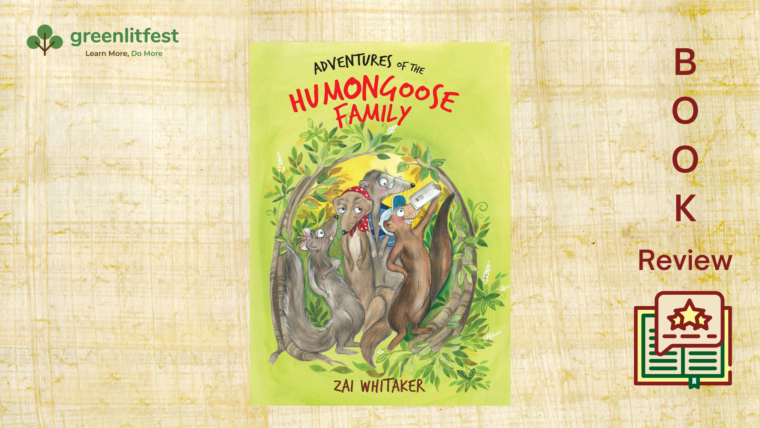Written and illustrated by Labonie Roy, How the Myna ate the Sun is based on the interesting premise of how the Sun, a big, red ball of fire, is the life-giving force behind everyone’s food and is essential to sustain life on our planet.
The title of the book immediately catches attention, and invokes curiosity. The story strives to make young readers understand the important concept of the food chain and role of the Sun in it. The author must be commended for building the narrative around animals that little readers are likely to see around them, starting with the Myna, a common bird in most Indian neighbourhoods.
However, the story would have been much more impactful if it only focused on the food chain and didn’t mix this up with other facts like photosynthesis, or the lifecycle of the moth. Given that the book is a Level 3 reader, meant for children who have just graduated to independent reading, these details may be somewhat distracting and take attention away from the main concept. Having said that, the concept explanation at the end of the book is very well done. It elucidates the cycle of nature effectively and adds context to the book.
The illustrations are bright and colourful, yet look very natural. The details in the artwork are enough to keep an observant child busy for hours. And of course, the story itself occupies them in the best way possible – asking questions about every organism they see eating another, or wondering what do the ones who don’t seem to eat anything feast on.
The book is well produced, and as with all the other books from the Pratham stable, very affordable. It will definitely inspire children to look around themselves to make sense of the rules of sustenance in nature, and learn more about ecological balance. The last line ‘Nothing in nature is ever wasted’ sums up the food chain quite well, and is a great conversation starter for the idea of sustainability.
The title is also available in Hindi, Kannada, Marathi and Tamil on the Storyweaver platform.
By Richa Chadda



